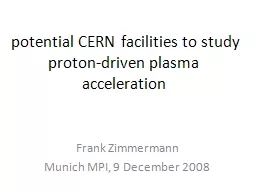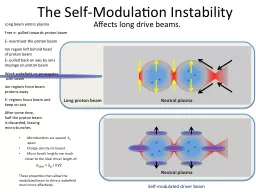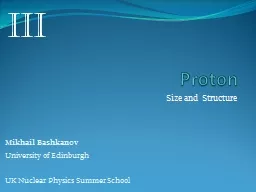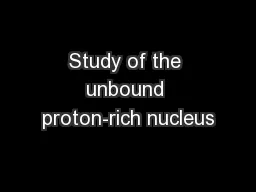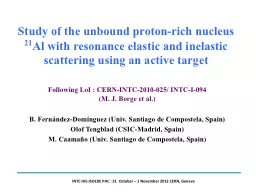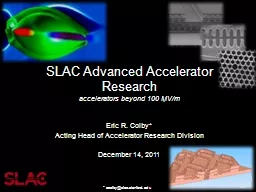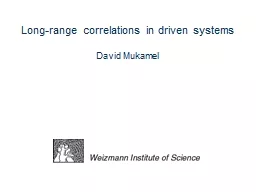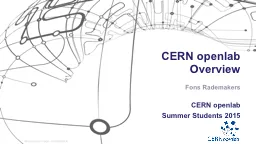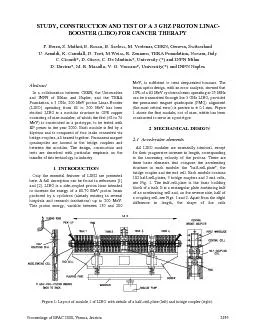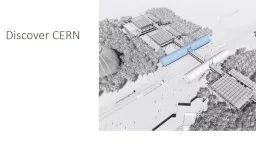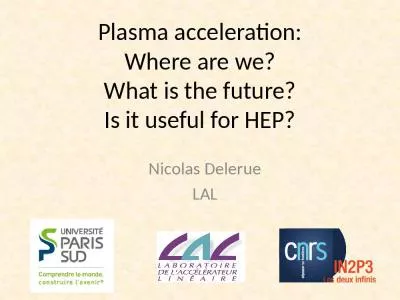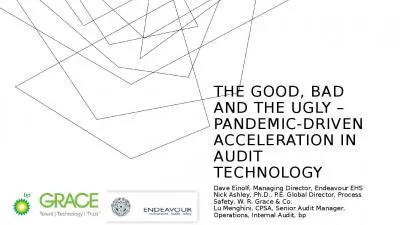PPT-potential CERN facilities to study proton-driven plasma acceleration
Author : briana-ranney | Published Date : 2020-01-09
potential CERN facilities to study protondriven plasma acceleration Frank Zimmermann Munich MPI 9 December 2008 CTF3 e xisting accelerator chain LHC beam PS booster
Presentation Embed Code
Download Presentation
Download Presentation The PPT/PDF document "potential CERN facilities to study proto..." is the property of its rightful owner. Permission is granted to download and print the materials on this website for personal, non-commercial use only, and to display it on your personal computer provided you do not modify the materials and that you retain all copyright notices contained in the materials. By downloading content from our website, you accept the terms of this agreement.
potential CERN facilities to study proton-driven plasma acceleration: Transcript
Download Rules Of Document
"potential CERN facilities to study proton-driven plasma acceleration"The content belongs to its owner. You may download and print it for personal use, without modification, and keep all copyright notices. By downloading, you agree to these terms.
Related Documents

